Princess Anne has long been one of the most private members of the royal family. But now that Charles is King, Anne has been thrust into the spotlight once again to give her thoughts on her older brother finally fulfilling his destiny.

Interestingly, her role within the monarchy may change now that Charles has been crowned, and her recent comments shed light on how she really feels about her future in the royal family.
Close siblings
It’s common knowledge that Charles and his sister have always been very different people, with wildly differing personalities, but they’ve also always been close.
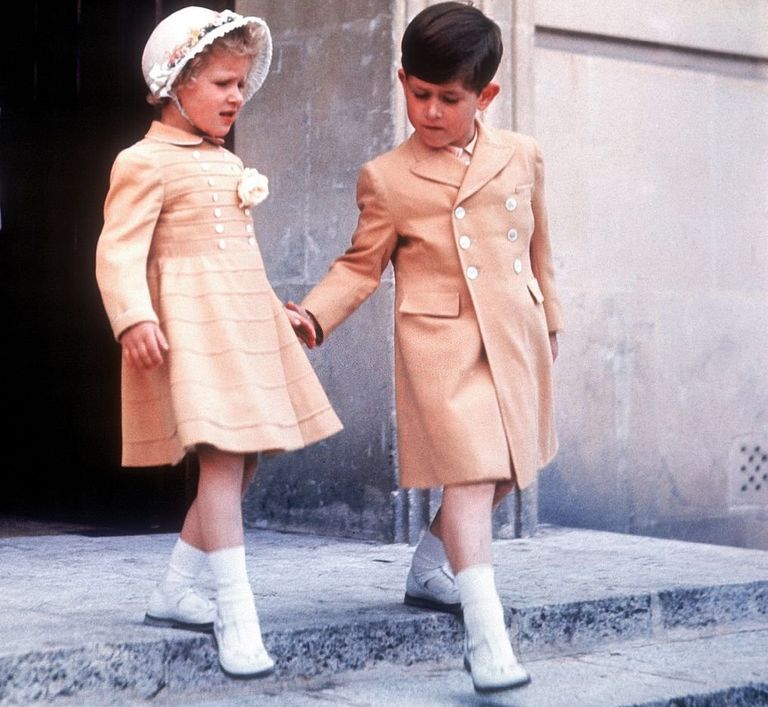
There is a ten year age gap between Anne and Prince Andrew, and a 12 year gap between Anne and Prince Edward. So Charles and Anne always seemed like a pair, as there was only two years between them.
Contrasting personalities
Mabel Anderson, a royal nanny, once said Charles was “never as boisterous or noisy as Princess Anne” as a boy, and that Anne had a “much stronger, more extrovert personality.” Anderson claimed,
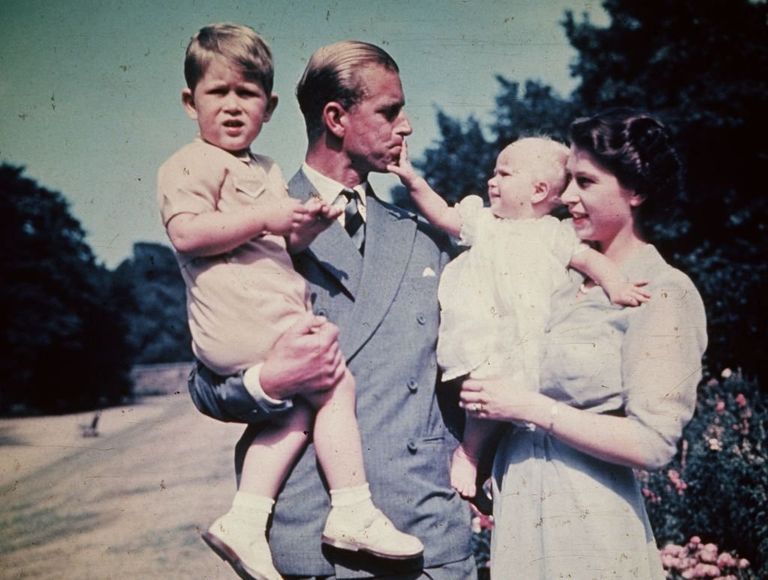
“She didn’t exactly push him aside, but she was certainly a more forceful child.” Indeed, it’s been theorized that Anne was happy to push the limits of what a royal was allowed to do, while Charles was burdened by what his future held.
They fought like cats and dogs
Anne once admitted to royal writer Nicholas Courtney that she and Charles “fought like cats and dogs” while growing up. There were even reports that she had boxing gloves taken away from her because she was enjoying beating up her big brother too much!

However, Courtney cautioned, “Such discord cannot have been as bad she remembers it, as they spent all their time together, at least when Charles was not in the schoolroom.”
Gardening brought them together
Charmingly, one of the ways the siblings bonded was by gardening. In 2021 Charles told BBC Radio 4, “My sister and I had a little vegetable patch in the back of some border somewhere.
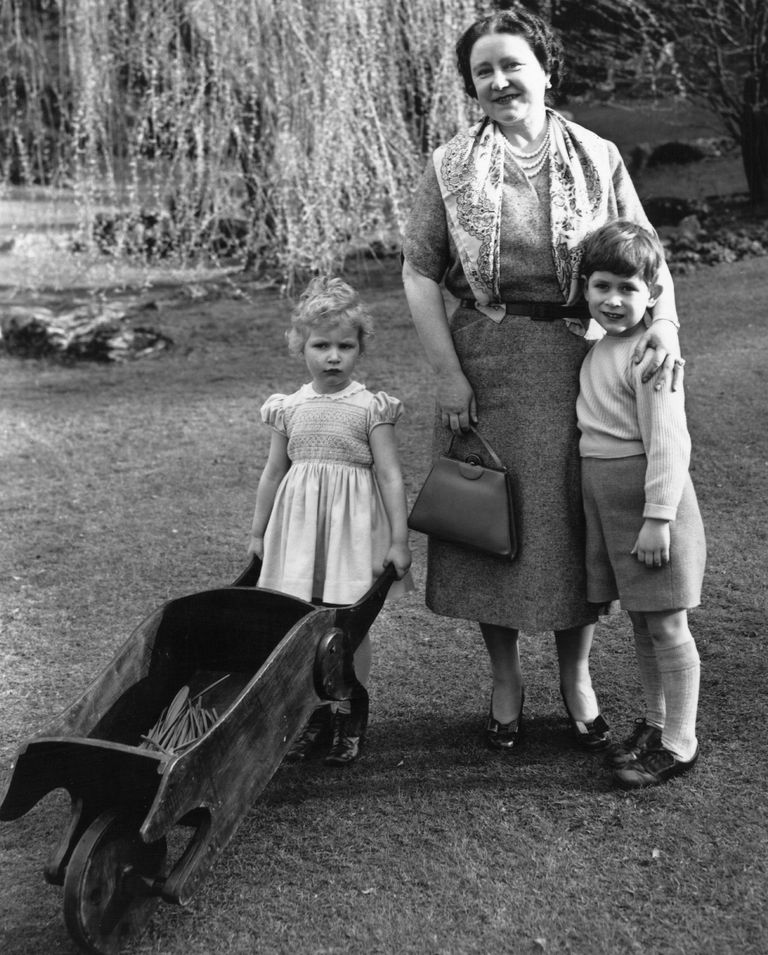
We had great fun trying to grow tomatoes rather unsuccessfully and things like that.” He added, “There was a wonderful head gardener at Buckingham Palace…He was splendid, and helped us a bit, my sister and I, with the little garden we had.”
Anne had to accept being second to Charles
As the siblings grew up and moved into working royal duties, Anne had to come to terms with being behind Charles in the pecking order. In 1980 she told The Observer how she “always accepted the role of being second in everything from quite an early age.
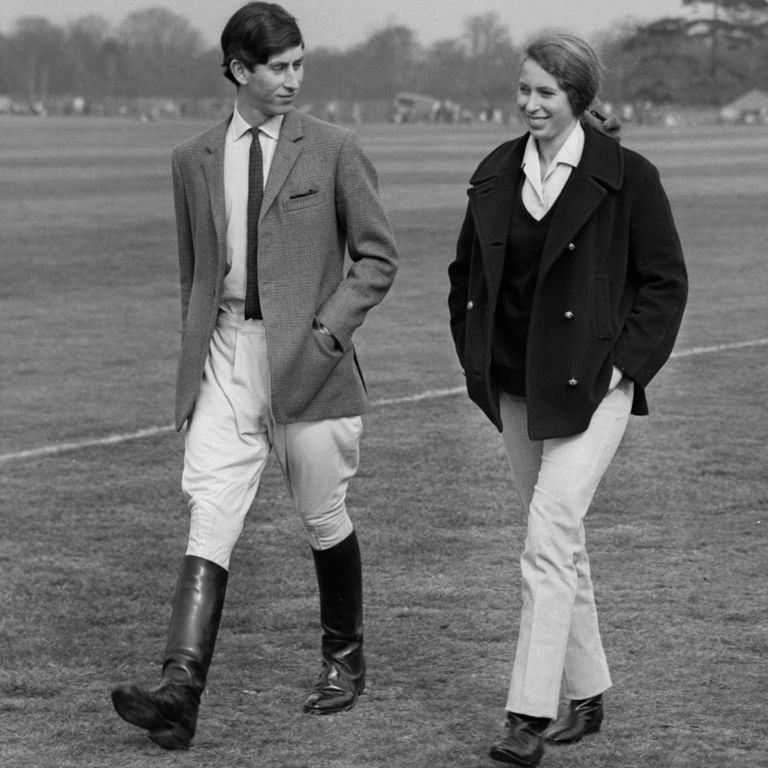
You adopt that position as part of that experience. You start off in life very much like a tail-end Charlie, at the back of the line.”
Falling behind in the line of succession
Indeed, at one point Anne was third in line for the throne. Over the years, though, thanks to archaic rules that prioritize male heirs over females, Anne moved behind her two younger brothers and then each further male heir born to the family.
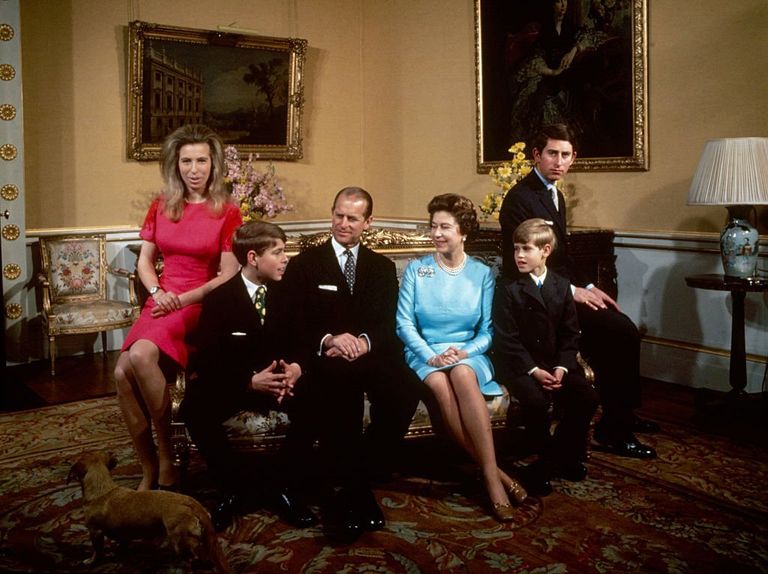
And now that Charles is king, Anne is 16th in line. Many observers, though, believe she may be more suited for the leadership role.
Signs of tension in their relationship
In April 2023 body language guru Judi James told the Express that, since the deaths of Queen Elizabeth II and Prince Phillip, she had seen a change in Charles and Anne’s relationship.
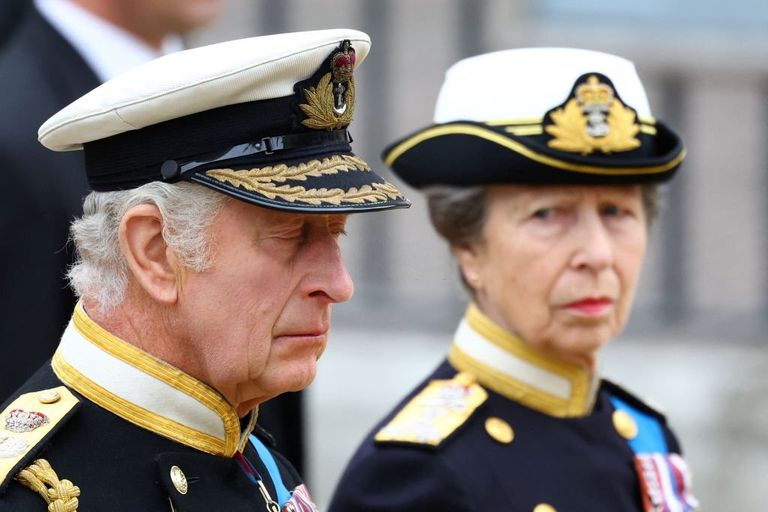
She said, “Over the years…there has often been signs of tension in the relationship. While Anne inherited their father’s traits of stoicism, confidence, and a rather challenging approach to social interactions, Charles was always more sensitive and introspective.”
Anne was always a natural leader
“Charles might have been destined for the top job, but it was Anne winning respect in her own right when she competed with Team GB in the Olympics,” continued James. “Anne seems to have the natural leadership skills that Charles sometimes lacks.”
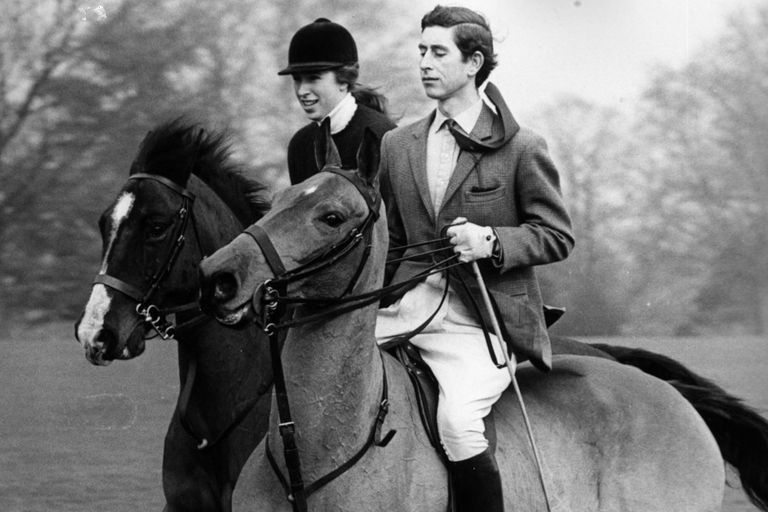
In fact, James believes Anne, despite being two years younger, always projected more of a confident presence than her brother.
Anne always seemed more comfortable than Charles
“Early photos of the siblings will often show a very playful or laughing Anne mirroring or commanding the attention of both parents,” explained James, “While Charles is often even apart from the scene, both physically and with his contrasting facial expressions.”

She added, “Even her position in the family has always looked more relaxed and organically central than the more reflective and often isolated and soulful looking older brother.”
Minimizing their time together
As they fulfilled their duties over the years, James believes, “there have been royal appearances that have involved minimum in the way of transactions between the pair.” Basically, she thinks they were kept apart
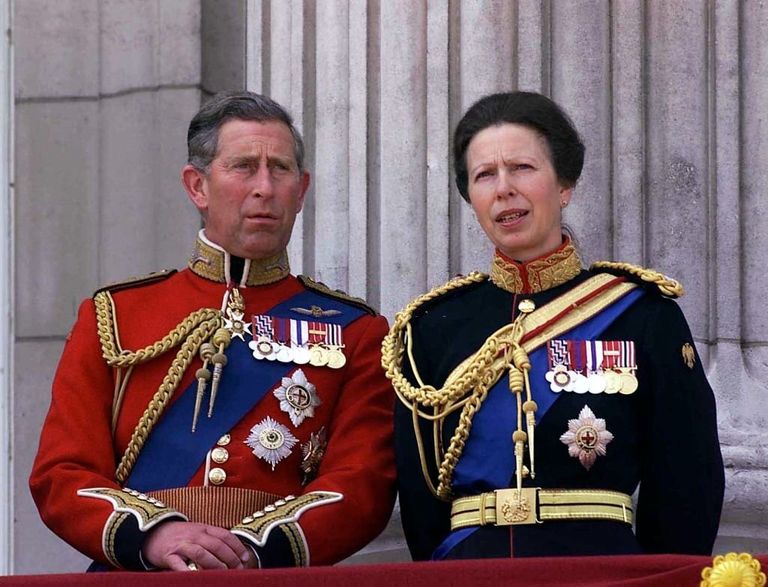
perhaps due to these supposed underlying tensions. But in more recent years, James is adamant she has seen a distinct change in how Charles and Anne relate to each other.
A new level of mutual understanding
“It is only their more recent poses that have shown what looks like a new level of mutual understanding,” claimed James, “and maybe even channelling their personality differences to provide strength and support to each other.”
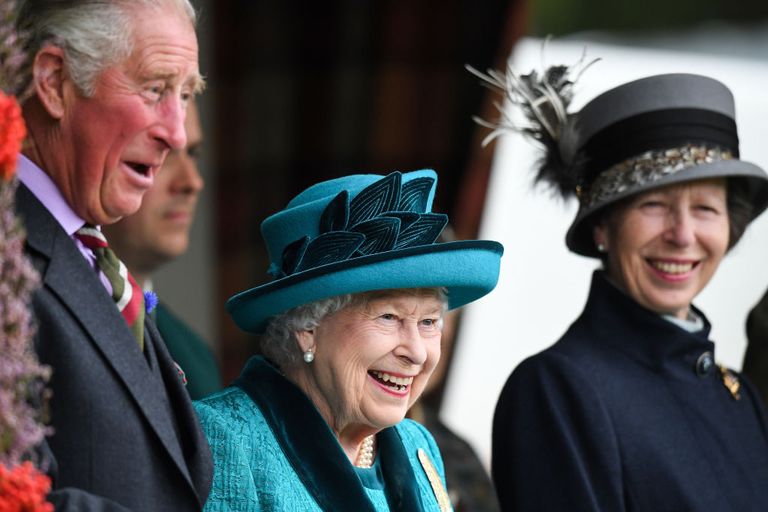
Interestingly, James believes that Anne’s particular set of skills have helped their relationship improve. Namely, her ability to set aside her own ambitions to serve her brother.
Loyalty and a powerful work ethic
“Anne was never ‘the spare’ but she must have lived most of her life aware that she possessed strengths of character…ideal for the job of monarch,” explained James. “Unlike authentic royal ‘spares’ she seems to have channelled this…
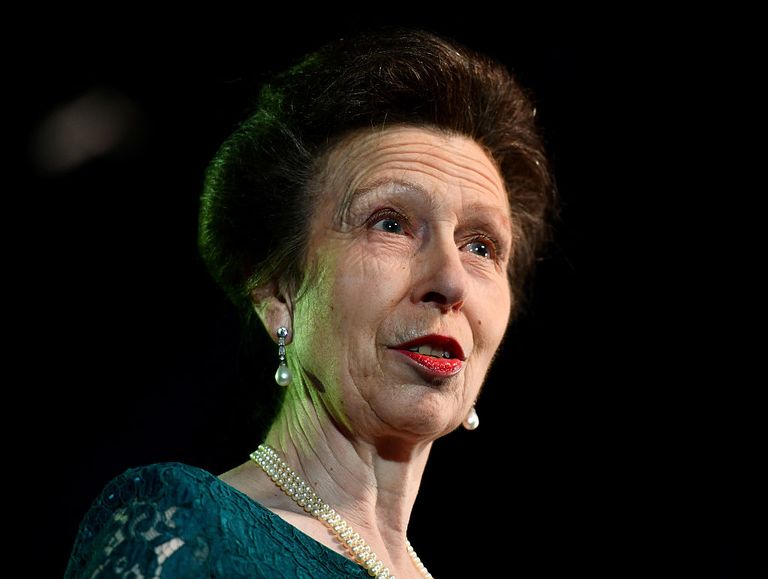
by adding loyalty and a powerful work ethic into the mix. Meaning she and her brother can now shuck off any historic differences and work seamlessly together at the very top level of the Firm.”
They understand each other as adults
Royal historian Marlene Koenig’s take on Charles and Anne’s relationship is very intriguing. She told Insider, “Both of them grew up in the 1960s, where you had this social change within the United Kingdom, within the world, people being freer, but you still have the constraints of the monarchy.”
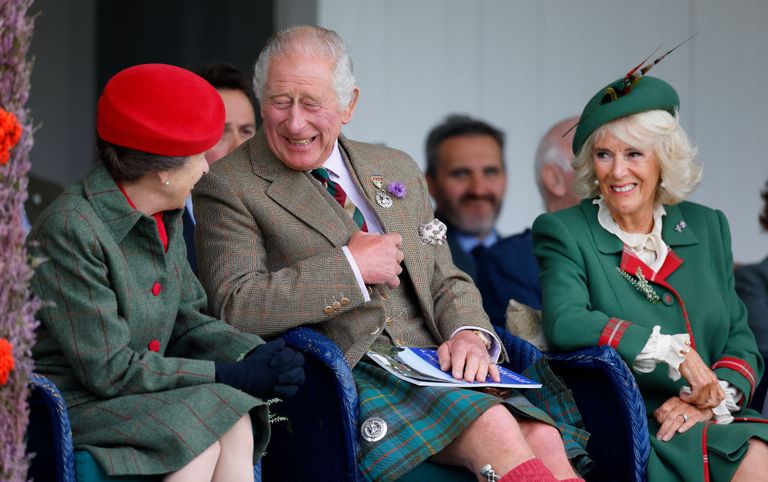
She added, “I think their relationship as two senior citizens is far better than when they were kids because they understand each other.”
An unfortunate parallel
What did Koenig mean by this? Well, she drew a parallel between Charles and Anne’s marriages to Princess Diana and Mark Phillips — both of which ended acrimoniously and with accusations of cheating. Koenig claimed Anne didn’t judge Charles for his mistakes.
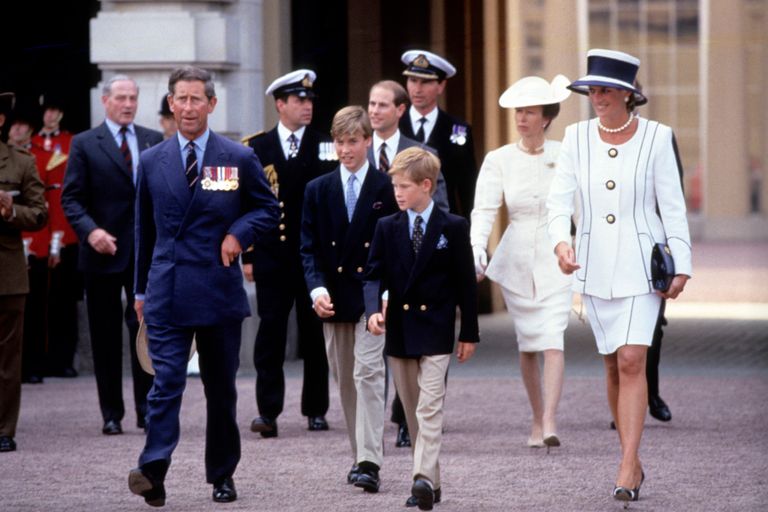
She said, “I don’t think she ever condemned him for his extramarital affairs, simply because she knew the people and she knew how miserable his marriage was.”
A rare interview
This brings us nicely to May 2023, when Anne was interviewed by Adrienne Arsenault of the Canadian news outlet CBC on the eve of a trip to the country. During a remarkably honest conversation,
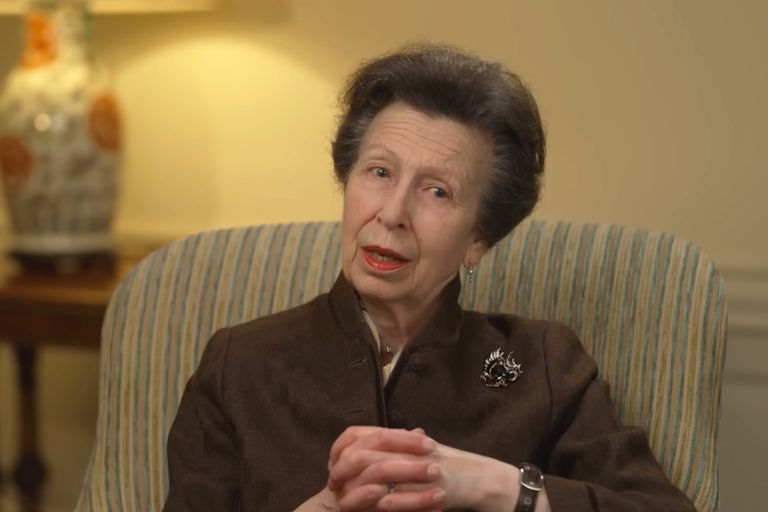
she was asked how she felt her older brother had adjusted to becoming king. Anne, who doesn’t often speak to the media, was positive that Charles was keeping his feet firmly on the ground.
Charles won’t change
Anne explained, “Well, you know what you’re getting because he’s been practicing for a bit, and I don’t think he’ll change. You know, he is committed to his own level of service, and that will remain true.”
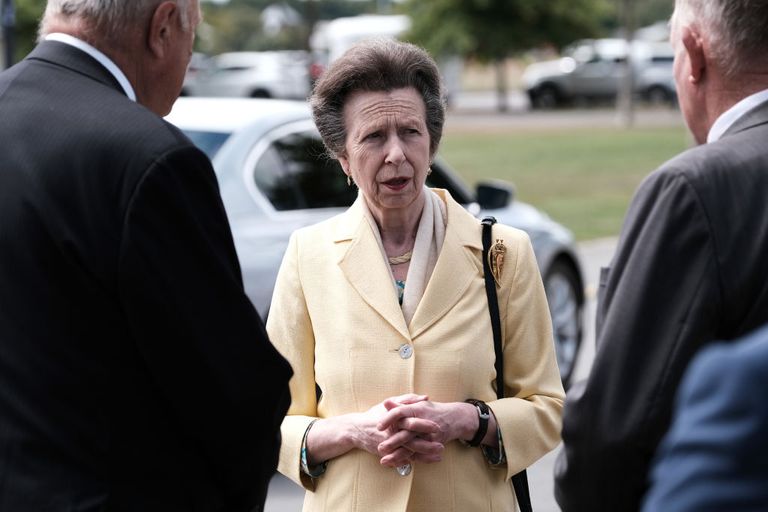
All in all, she sounded perfectly relaxed about her brother taking over the family business. In fact, it wasn’t jealousy that she displayed in the interview, but thoughtfulness.
Something he’s been waiting for
“We’ve been very lucky,” Anne said. “My mother was the queen for a very long time and although you know this is going to happen, you don’t think about it very much.
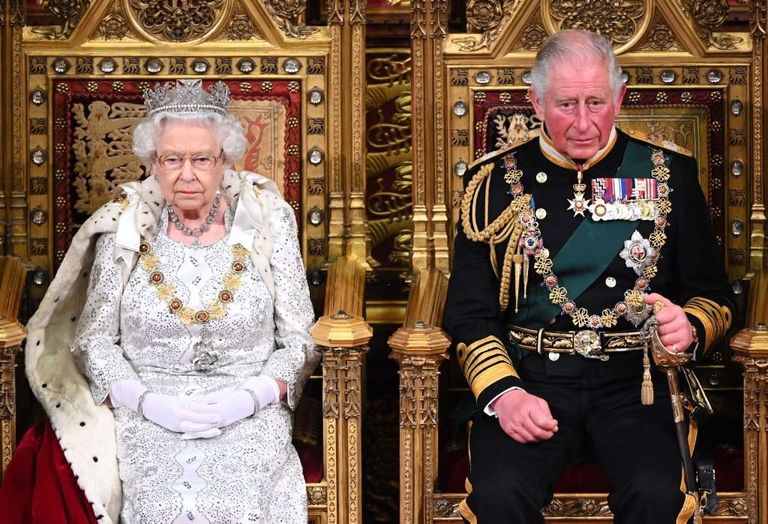
For my brother, this is something he’s been waiting for, and he’s probably spent more time thinking about it. For the rest of it, it’s more about we have to shift how we support.”
A shift in support
Explaining this idea of a shift in the methods of support provided by royal family members, Anne said, “There was an order to the years, because my mother didn’t change very much.
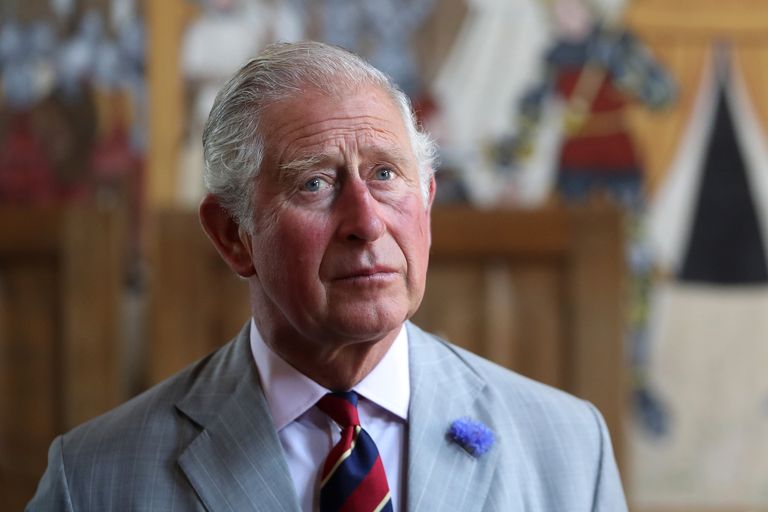
We knew what the rhythm of the year was, so things like that will change.” One of the rumored changes has been a slimmed down monarchy, with Charles potentially keen to cut costs.
Slimming down the monarchy
Anne mused, “It doesn’t sound like a good idea from where I’m standing, I would say. I’m not quite sure what else we can do.” She also intimated that this was first suggested “when there were a few more people around.”
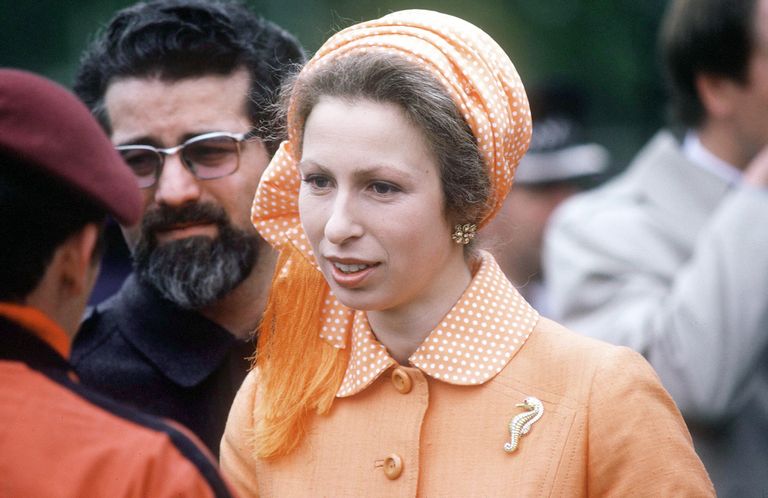
It’s possible this was a reference to Prince Harry and Meghan Markle leaving their royal duties and Prince Andrew being stripped of his. Maybe Anne believes the monarchy has already been slimmed down — and reluctantly, too.
Is the monarchy still relevant?
Speaking of these controversies, Anne was also asked for her opinion on increasing public questioning of the monarchy’s relevance in the modern world, not to mention the protests against Charles becoming king.
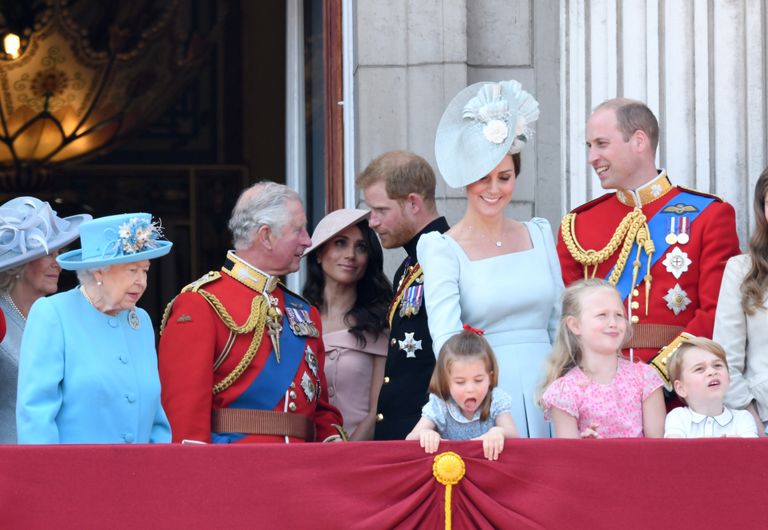
In fact, she was told of a recent poll in which more than 50 percent of Canada claimed they’d support cutting ties with the royal family entirely. Is there trouble brewing for the royals in the Commonwealth?
Supporting the monarch
Anne responded, “We don’t, in many respects, need to deal with it. It is the monarch that is the key to this. And the constitution that underpins the monarchy. We, as a family, see ourselves there to support that role.
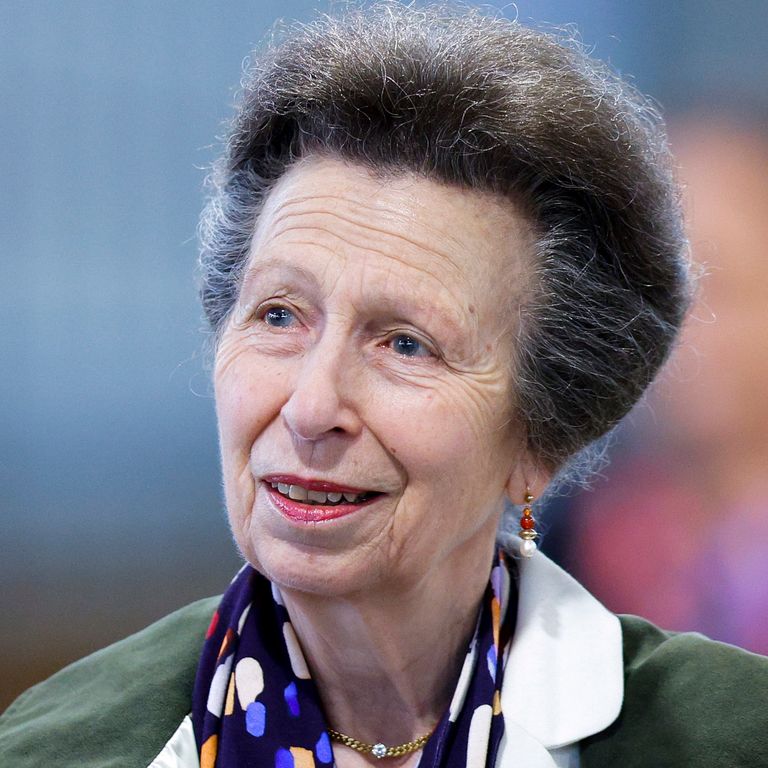
What we do, we hope, contributes to the monarchy in the way which it can convey continuity, of not just interest but of service, of understanding, the way that people of communities want to live their life.”
Long term stability
To her credit, though, Anne did acknowledge people’s right to question the monarchy. She said, “I think it’s perfectly true that it is a moment when you need to have that discussion.
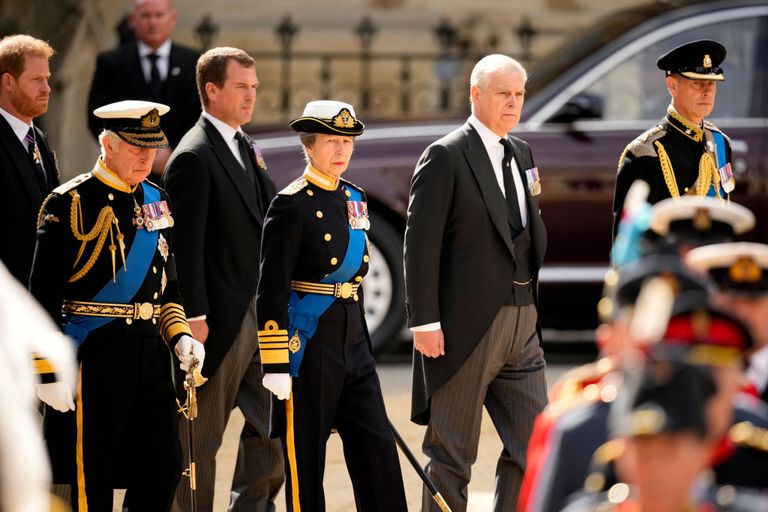
But I would just underline that the monarchy provides — with the constitution — a degree of long-term stability that is actually quite hard to come by any other way.” Still, she admitted, it wasn’t “a conversation that I would necessarily have.”
A genuine benefit to the institution
Pushed even further on whether the monarchy is currently in a healthy position, Anne doubled down. She wasn’t going to change her position, no matter what was thrown at her. She stated,
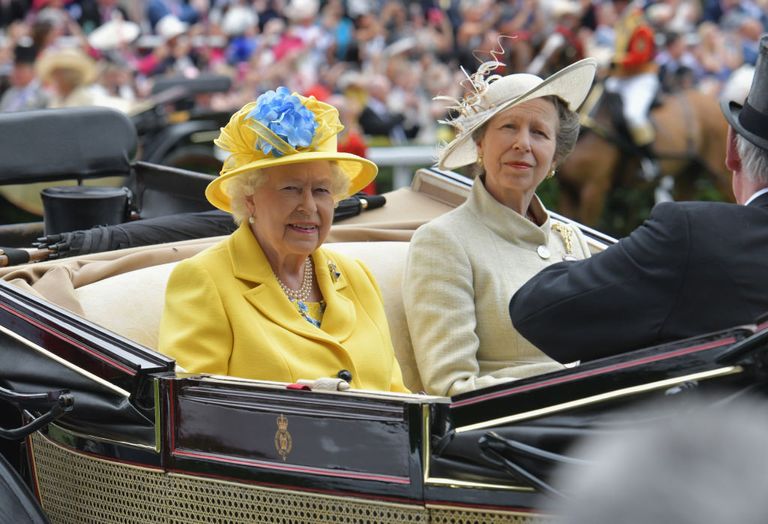
“I believe there is a genuine benefit from this particular arrangement — the constitutional monarchy — and I think it has good long-term benefits. That commitment to long term is what the monarchy stands for.”
Gold Stick in Waiting
On a slightly lighter note, Anne was then asked what her role will be in her brother’s coronation ceremony. She replied, “I haven’t asked too many questions. I have a role as the Colonel of the Blues and Royals in the Household Cavalry regiment as Gold Stick…
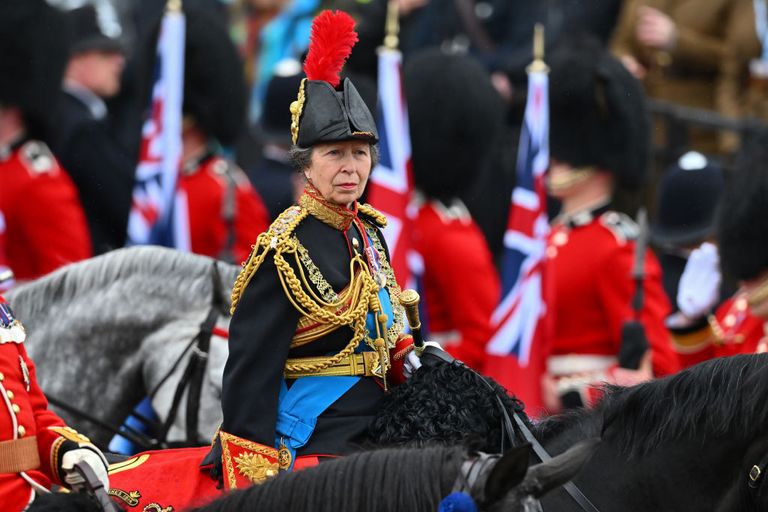
That is a role I was asked if I’d like to do for this coronation, so I said yes. Not least of all, it solves my dress problem!”
The Gold Stick Tradition
You see, the Gold Stick — and Silver Stick — goes all the way back to the 15th century, when two officers would wear a ceremonial uniform and protect the king or queen. Anne has held the Gold uniform since 1998 and will now get to use it on the grandest stage of them all.
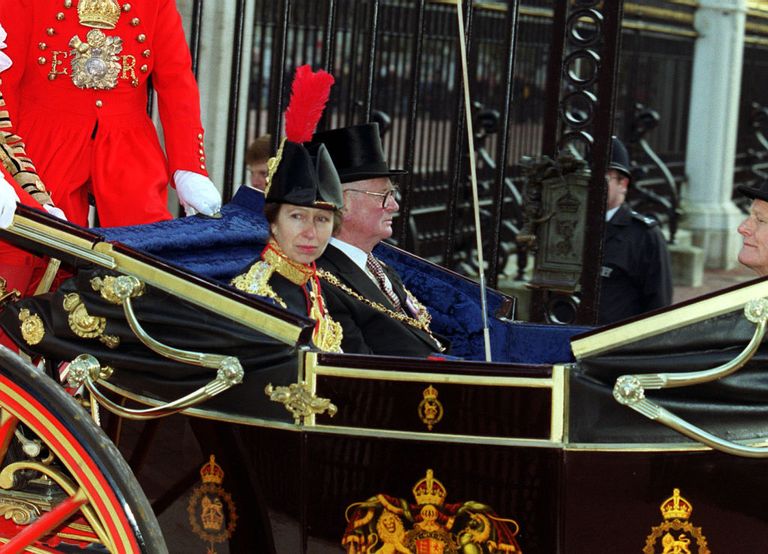
As she amusingly alluded to, at least it means she won’t have to agonize over picking a gown for the event!
AAnne’s role going forward
But what about Anne’s role in Charles’ monarchy going forward? Well, Koenig believes Anne’s no-nonsense, duty-bound attitude makes her ideally suited to acting as her brother’s confidante and close advisor.

This historian stated, “She is very loyal to her brother and very loyal to the monarchy, and to her, serving the crown is a duty and a responsibility. And she does it without complaining.”
A Formidable Presence
Koenig dubbed Anne “the royal Energizer bunny” before adding, “She’s very formidable and she gets her hands dirty…”. She believes this is why Anne was entrusted with the important job, at the Queen’s funeral, of accompanying Charles in the procession behind the coffin —
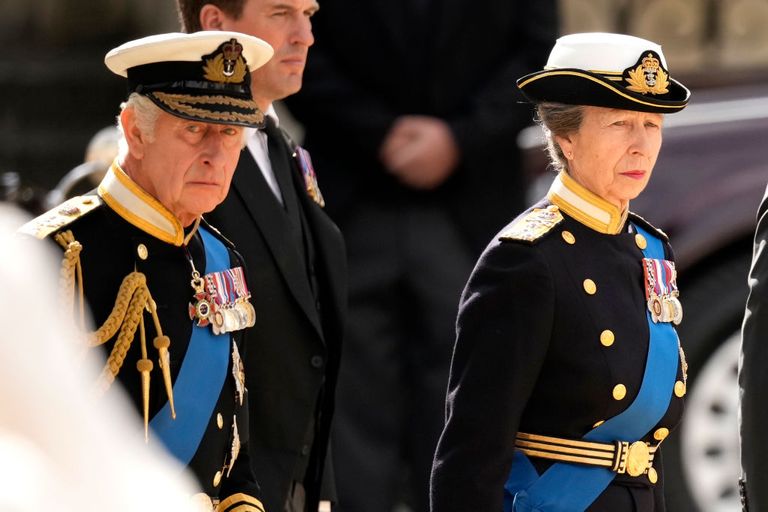
even though this is normally not something done by women. Koenig said, “She didn’t hesitate: ‘I’m going with my mom, I’m going to be with her to the end.’”
A masterclass in royal PR
Indeed, body language expert James feels Anne’s CBC interview is a perfect example of her value within the monarchy. She told the Express it was “a masterclass in royal PR that should be required viewing and study for the rest of the Royal Family…
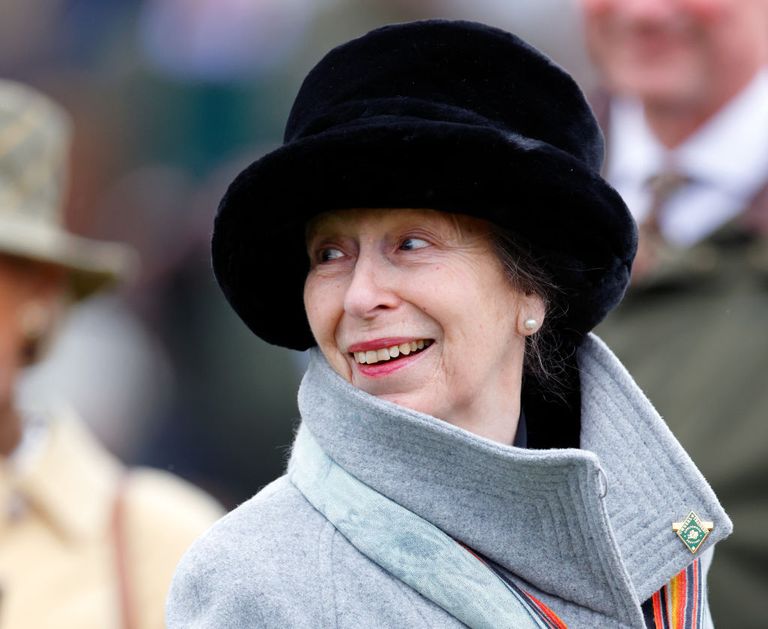
Anne manages overall to speak openly but without any sense of drama. Her words and her body language are calming…because she looks and sounds experienced.”
No signs of ego or vanity
“There are no signs of the kind of ego or vanity posturing that other royals tend to display,” continued James. “She is there to flesh things out and even to provide some glimpses behind the scenes, but not to raise her own profile or to vie for our sympathy.”
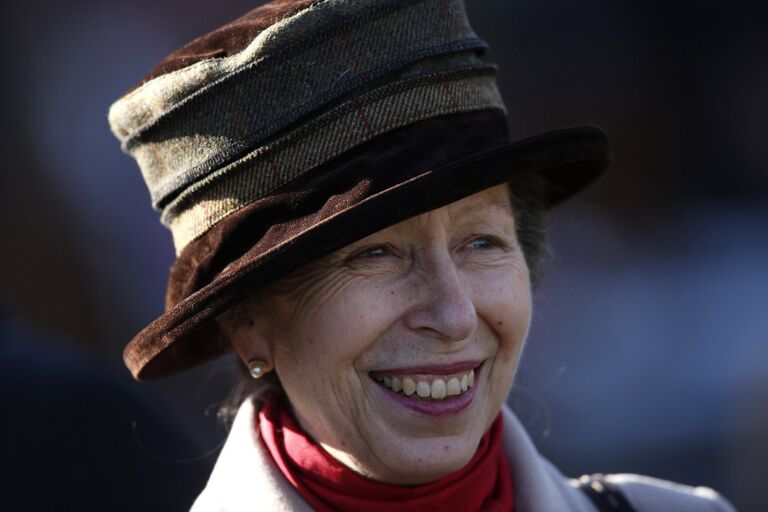
She thinks Anne adopts a similar stance to her late mother, who was very stoic and always put the institution before any personal matters.
Some bumps in the road for Anne
It almost goes without saying that where there is royalty, there is a bit of scandal lurking not so far behind. She might not be as famous for her romantic turbulence as her brother, but Anne certainly has some baggage of her own.
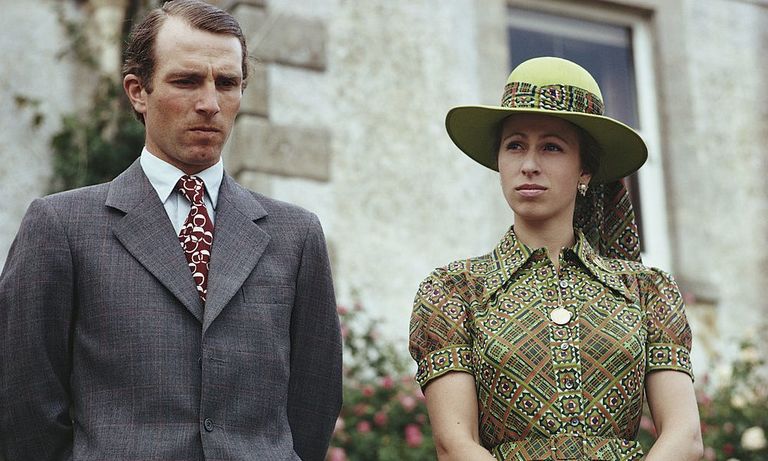
When Princess Anne wed Army Captain Mark Phillips on November 14, 1973, at Westminster Abbey the young pair thought they were sealing the deal on their happily ever after. But little did the blissful couple know that years into the marriage, the groom would harbor a dark secret, one which would spark a major royal scandal.
The beginning of married life
Yes, years after the Princess and Phillips married on that memorable November day in 1973, problems began to surface in their marriage.
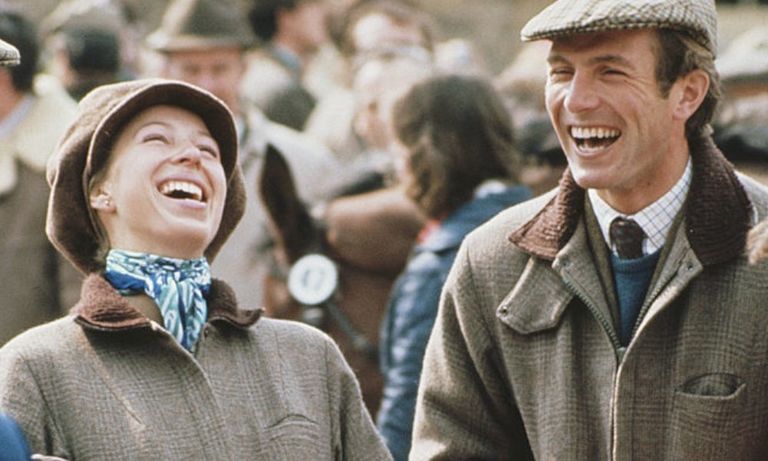
By the mid-1980s those problems would give rise to a scandal that would shake the British royal family to its very core. In 1991 the shocking transgression would become public knowledge after an unwelcome confession.
A real-life drama
The shockwaves from the scandal that emerged during the Princess and Phillip’s marriage are still being felt today. Indeed, a new development in 2017 further complicated matters and reminded people of the shameful events that had occurred decades earlier.
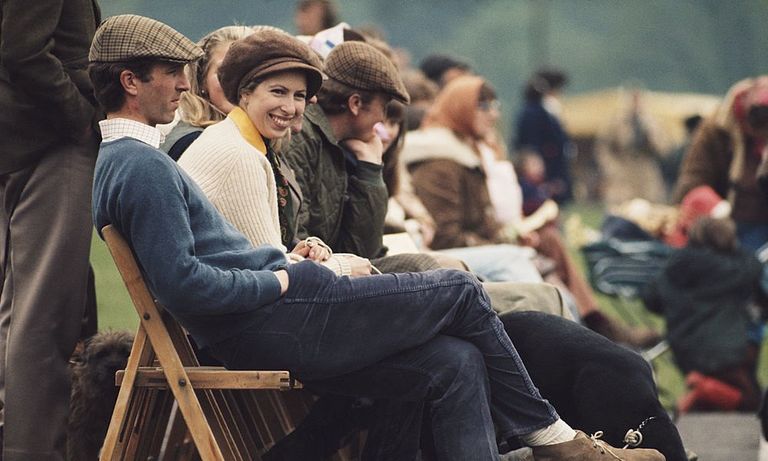
But before getting into the details, we should first properly introduce the main protagonists in this remarkable real-life drama.
Enter the princess royal
Anne, the Princess Royal was born Anne Elizabeth Alice Louise in London on August 15, 1950. She was the second born of the United Kingdom’s future Queen, Princess Elizabeth Windsor and her husband Prince Phillip Mountbatten, the Duke of Edinburgh. Her birth was marked by a Royal Salute in Hyde Park.
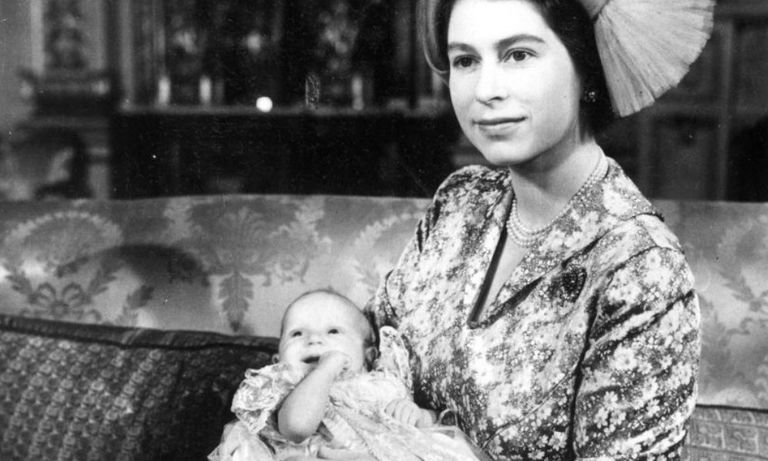
She immediately became a princess, and by 1952 (when her mother ascended the throne upon George VI’s death) she was second in line of succession behind her elder brother Charles. She would, however, drop down the pecking order when her second brother Prince Andrew was born in 1960.
The silver spoon
Obviously then, given her illustrious family tree, the princess was not born into poverty. Indeed, her early childhood years were spent playing in the gardens of luxurious royal residences such as the Royal Lodge in Windsor and Balmoral Castle in Scotland.
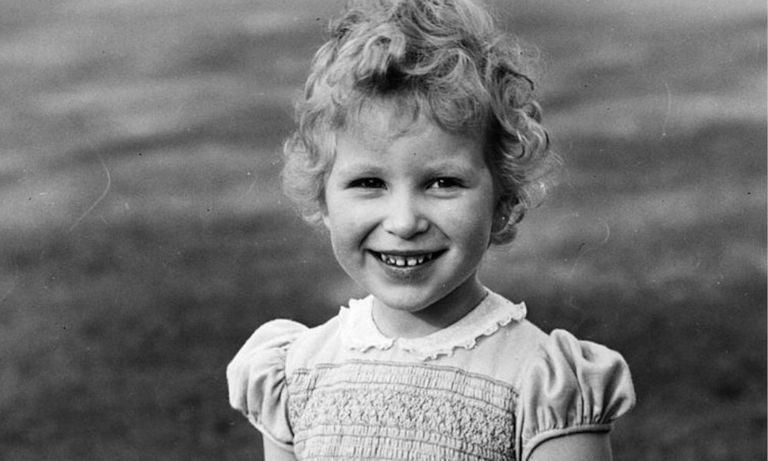
She would begin her education at Buckingham Palace under the tutelage of governess Catherine Peeble, and Anne also spent time as a Girl Guide in the Kingfisher Patrol of the First Buckingham Palace Company, which was set up especially for her.
Setting off into the world
When she reached her teenage years though, Anne moved on from home-schooling to attend the all-girl boarding school Benenden. She would leave the prestigious Kent establishment with six GCE O-Levels and two A-Levels in 1968.
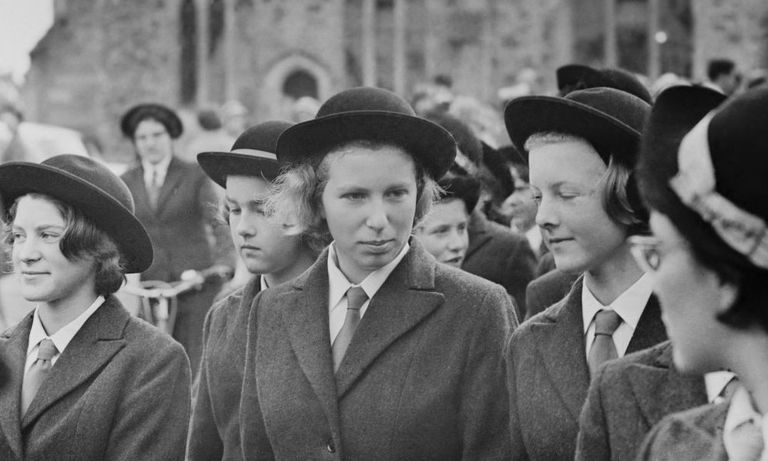
The princess began to take on official public engagements both at home and abroad in her role as a royal, traveling to New Zealand and Australia in 1970 with her parents.
First Loves
Anne was now an adult, and promptly started doing the things that adults do, such as dating. One of her first boyfriends was an army officer named Andrew Parker Bowles. The romance didn’t last, but the friendship did.
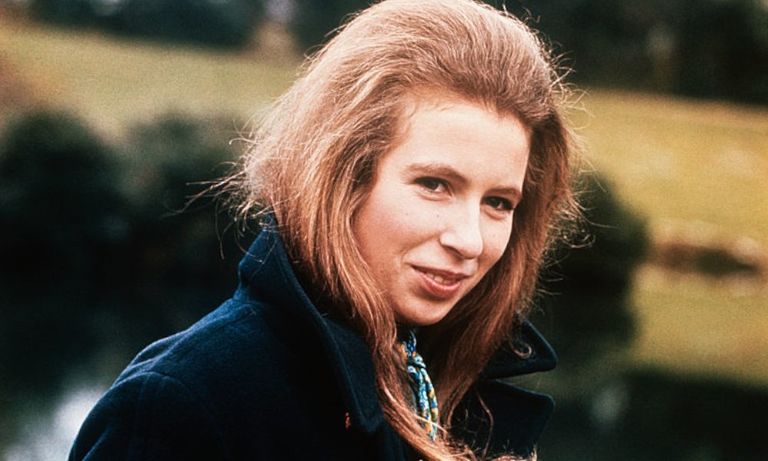
Parker Bowles would go on to marry a woman named Camilla, with whom he would have two children, Laura and Tom. In a strange twist of fate, in the years to come Parker Bowles’s ex-wife Camilla would begin a relationship with Anne’s elder brother Charles.
Passion for riding
From an early age, Princess Anne developed a deep love of horses and horse riding. But the pursuit would become much more than an enjoyable pastime for her.

In actual fact, the Queen’s daughter would become a hugely talented equestrian who would go on to compete for Olympic gold. But firstly – and most significantly for this story – it would help her find love with her first husband.
Enter Mark Phillips
That’s because she would meet a certain Mark Phillips via her equestrian career. The future Army captain and Olympian with whom she would fall in love was born on September 22, 1948 in Tetbury, Gloucestershire.
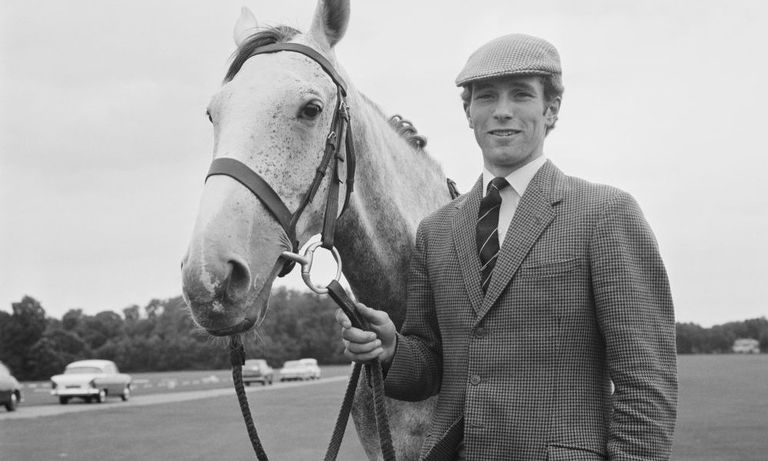
He was the only son of Major Peter William Garside Phillips and Anne Patricia Phillips, who also had a daughter named Sarah Anne Staples.
Pursuing a military career
Phillips was educated at Stouts Hill Preparatory School in Gloucestershire before moving on to Marlborough College boarding school in Wiltshire.
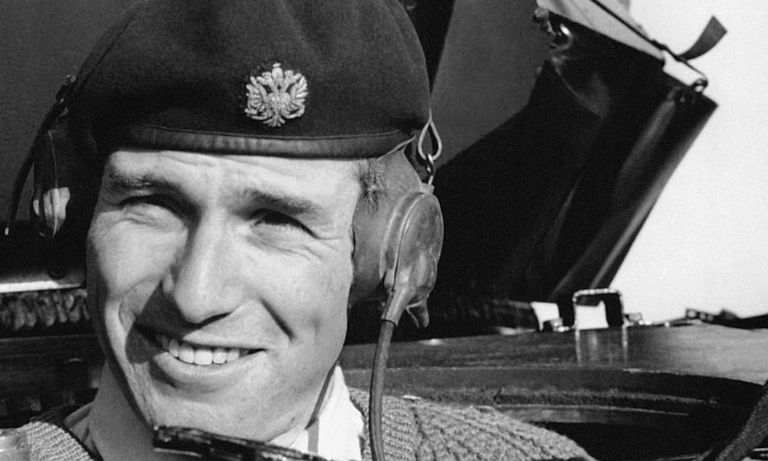
Like his father and grandfather, the young Englishman would pursue a military career, receiving an education at the Royal Military College in Sandhurst. Like Princess Anne, he too developed a keenness for equestrianism from a young age and in the 1960s he began seriously competing in the sport.
Serious equestrians
Yes, Phillips’ talent for the sport had taken him as far as the Olympic Games by 1968, where he made the reserve squad of the British equestrian team competing in Mexico City. Then, a year later he passed his military training at Sandhurst and entered The Queen’s Dragoon Guards as a Second Lieutenant.

As it transpired, 1970 brought more equestrian success when a British team of which he was a part emerged victorious in the World Championships in Chicago, U.S.A..
Historic games
In 1971 Phillips progressed further in his military career, reaching the rank of lieutenant. His equestrian career was similarly flourishing, and in that same year he was part of a team that achieved European title success.
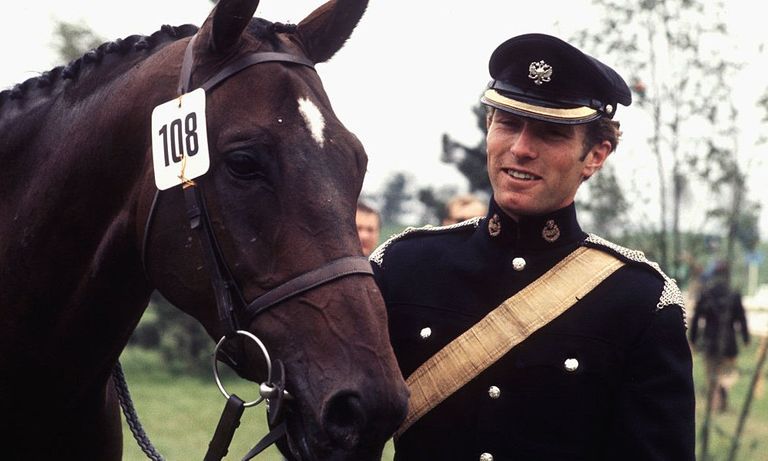
Phillips also triumphed in the 1971 Badminton Horse Trials as a solo rider, a feat he repeated a year later with the horse Great Ovation. But it was at the 1972 Olympic Games that his life would change dramatically.
When Mark Met Anne
Not only would Phillips achieve Olympic gold for Great Britain in equestrian eventing, he would also find love with Princess Anne at the Munich Games. Yes, the pair of horse-lovers, who had reportedly met years earlier at a party, soon discovered they had a great deal in common and evidently a mutual attraction.
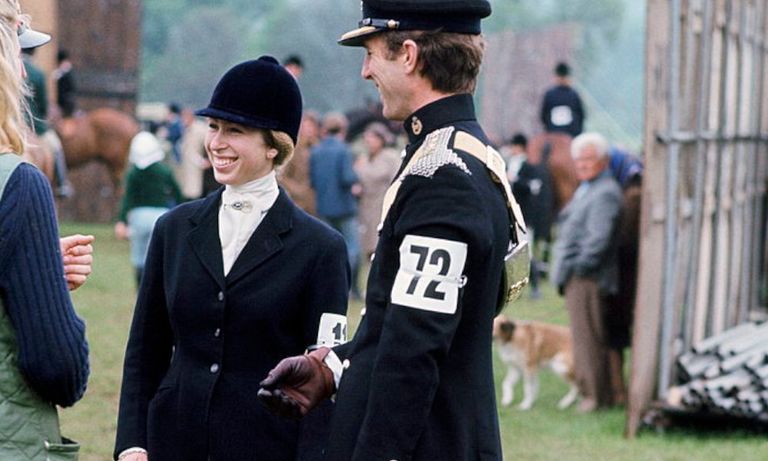
The princess, after all, was herself very close to Olympic participation, winning the 1971 European Championships solo event and the BBC Sports Personality of the Year Award for that year. They started dating, and from there, things moved pretty quickly.
The Royal Proposal
The princess revealed her engagement to the world on May 29, 1973. Gossip at the time suggested that Phillips had proposed to her about six weeks before the notoriously private Anne publicly revealed the news.
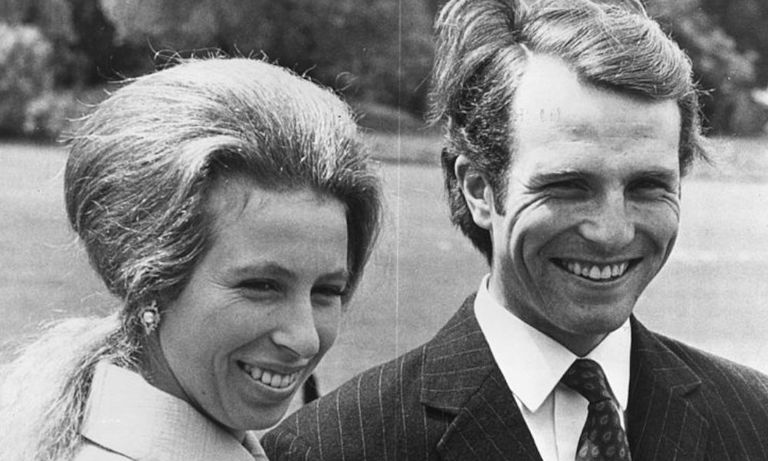
Phillips got down on one knee with a sapphire and diamond ring designed by prestigious London jeweller The House of Garrard. A wedding date was set just under six months on from the couple’s official announcement.
A Major televised event
Those six months soon passed, and as previously mentioned, the princess and Phillips tied the knot in November 1973 at London’s Westminster Abbey. The historic church was the same venue where Anne’s parents had wed 26 years prior.
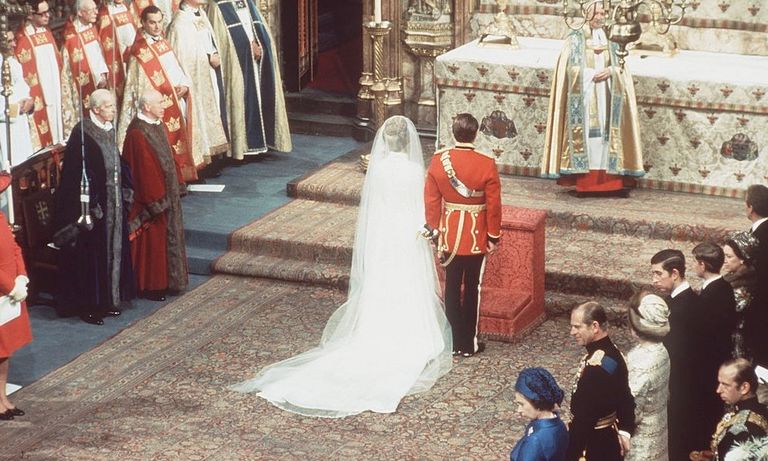
The royal nuptials were beamed around the world on television, with approximately 500 million people tuning in to watch them unfold. Evidently it was another major royal event that many people weren’t prepared to miss.
A Royal Entrance to Remember
The 23-year-old princess made quite the entrance to Westminster Abbey, approaching the church in a horse-led carriage with her doting father alongside her. The bride wore a demure wedding dress designed by Maureen Baker that was embellished with Tudor-style silk and medieval sleeves,
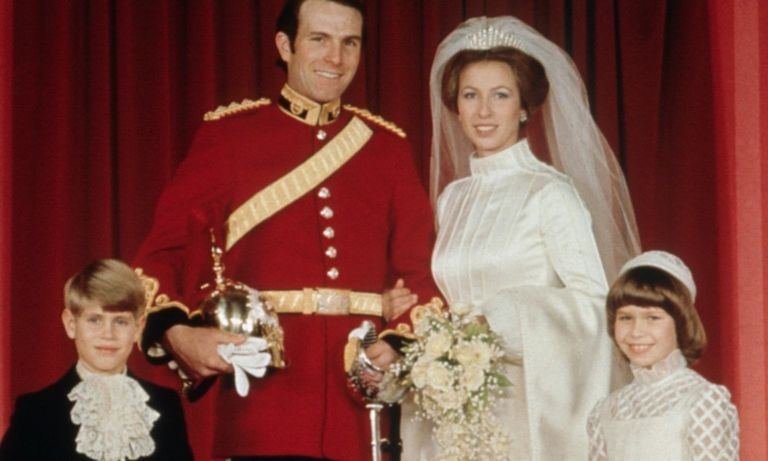
and she sported her hair in a beehive with her grandmother’s tiara and a veil as further decoration. Phillips, meanwhile, donned his scarlet, gold and blue regimental uniform.
National holiday
Thousands of well-wishers may have lined the streets of London on a day that was declared a national holiday, but those who attended the ceremony were from the top echelons of society. Alongside the princess’s parents Prince Philip and Queen Elizabeth II were Anne’s grandmother the Queen Mother, her mother’s sister Princess Margaret and her brothers Princes Charles, Andrew and Edward –

the latter serving as the page boy for the nuptials. Representatives from royal families from around the globe also attended, including Norway’s King Harald V and Queen Sonja, the Netherlands’ Queen Beatrix, Spain’s King Juan Carlos I and Greece’s King Constantine II.
Breaking Tradition and Making History
The princess and Phillip’s wedding was unusual for one major reason. Military man Phillips was a commoner, and the couple’s union became only the second occasion in over 200 years that a British royal had wed a person with such a lack of social status.
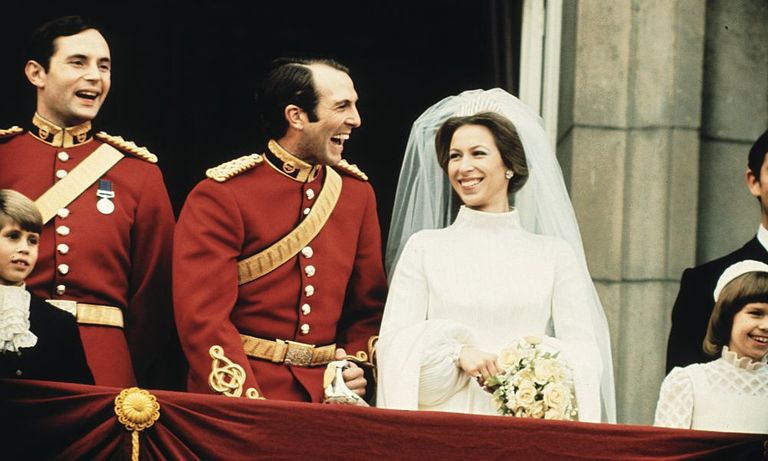
The other occasion was when King George VI had tied the knot with Elizabeth Bowes-Lyon in 1923. It is widely believed that Queen Elizabeth II proposed making Phillips an earl, but the commoner – presumably politely – turned it down.
Public appearances
After the formalities of the wedding were completed, the happy couple made their way to Buckingham Palace. The princess and her husband waved to the public from the balcony, as is the long-standing convention.
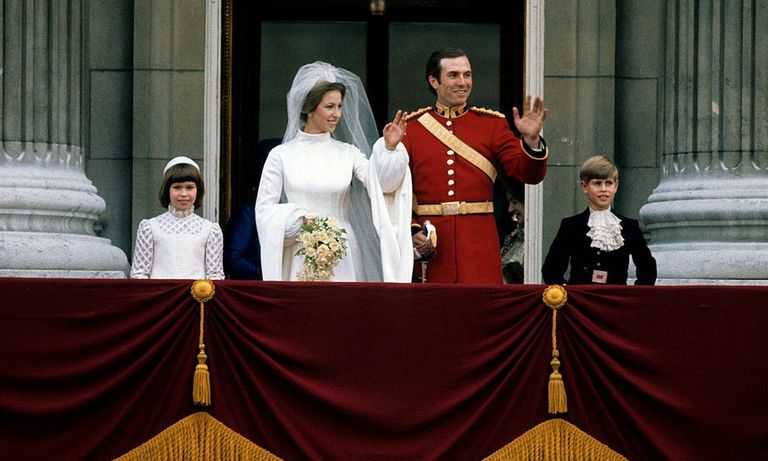
They stayed the night in England’s capital before jetting off to Barbados for their honeymoon. The loved-up pair would enjoy an 18-day cruise on board the Royal Yacht Britannia.
What’s to come…
On the first day of 1974, Lieutenant Phillips would be appointed by his mother-in-law The Queen as her personal aide-de-camp. It would be quite the honor for the Acting Captain, who fascinatingly was following in the footsteps of his grandfather, who had fulfilled the role under Elizabeth II’s father George VI for three years.
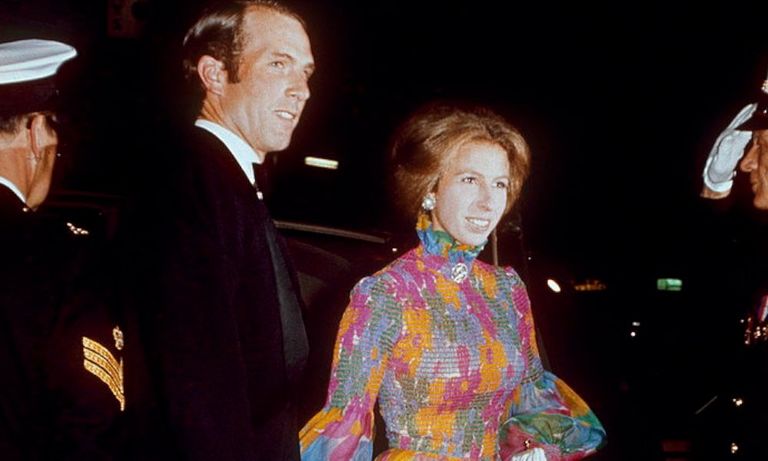
But 1974 would also bring the first major test of the newlyweds’ marriage, after a shocking event occurred in March of that year.
The Princess’ famous response
Indeed, on March 20, 1974, as the royal couple were making their way back to Buckingham Palace in a chauffeur-driven car, a disturbed individual named Ian Ball blocked their route on Pall Mall with his own vehicle, and exited it armed with a handgun. The criminal approached the Rolls-Royce in which the princess sat and demanded she come with him so he could collect £2 million in ransom. “Not bloody likely,” she reportedly replied.
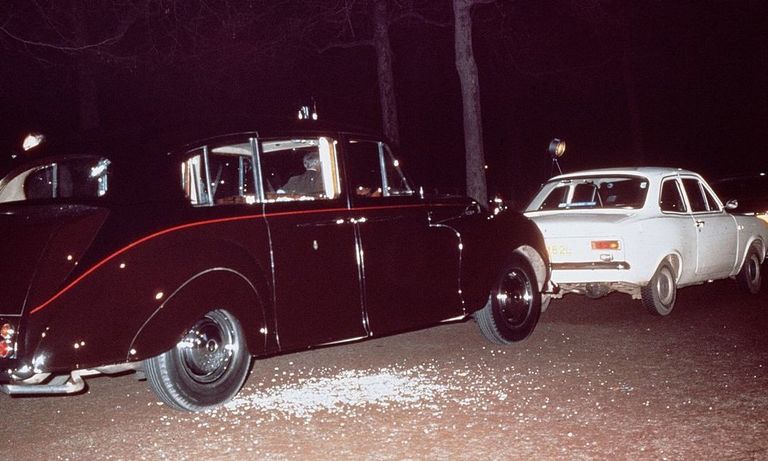
Brandishing a handgun, Ball attempts the unthinkable: a royal kidnapping, demanding a hefty ransom. But Anne, ever the fearless royal, hits him with a stoic “Not bloody likely.” If ever there were a moment that defined her iron will, this was it.
Aftermath
The horrific kidnapping attempt saw four people shot and injured, including the princess’s bodyguard James Beaton, before Ball was finally wrestled to the ground and arrested.

Princess Anne was shaken but thankfully unhurt, and visited the victims as they recovered in hospital. To this day, the attempted abduction of the princess is the nearest a member of the British Royal Family has come to being kidnapped.
Settling down
Mercifully, the rest of 1974 and the next few years was much smoother for the couple. Phillips repeated his previous success at the Badminton Horse Trials, this time on Queen Elizabeth II’s horse Columbus.
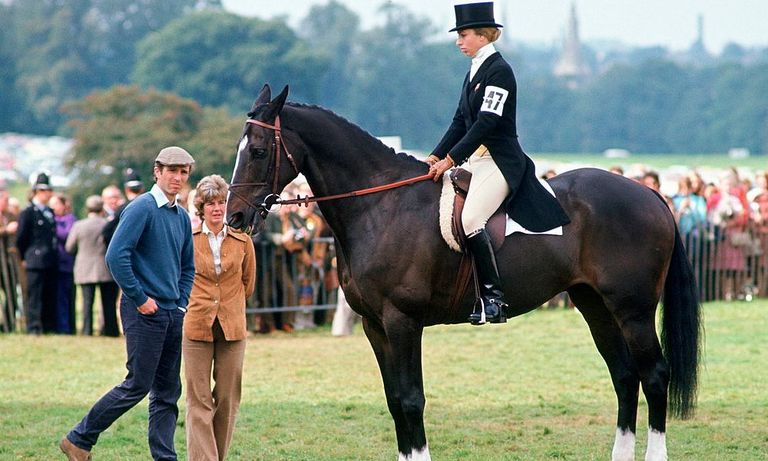
In 1976 the couple moved into the stately Gatcombe Park estate in Gloucestershire, which Her Majesty had purchased for them from politician R.A. Butler. It was soon time for the princess and Phillips to start a family.
